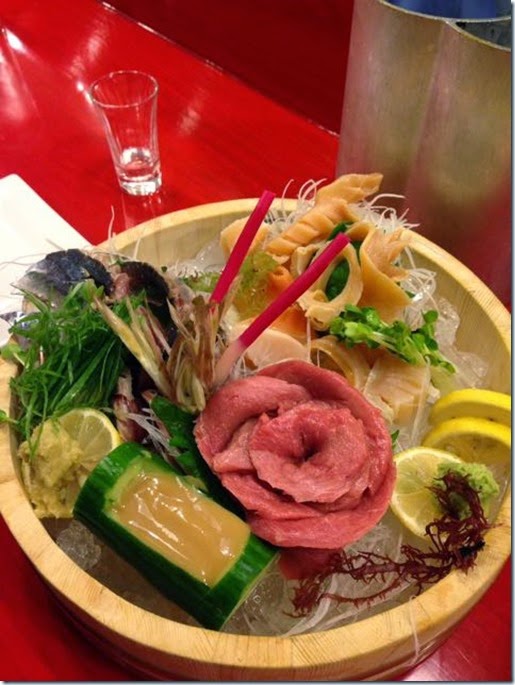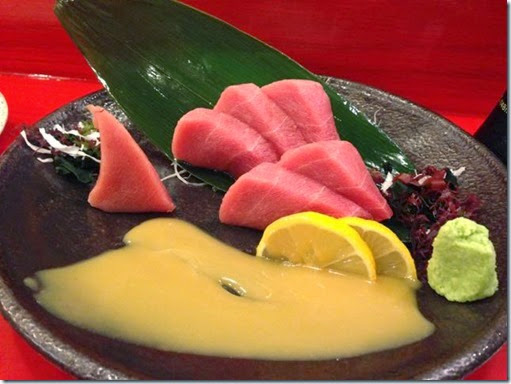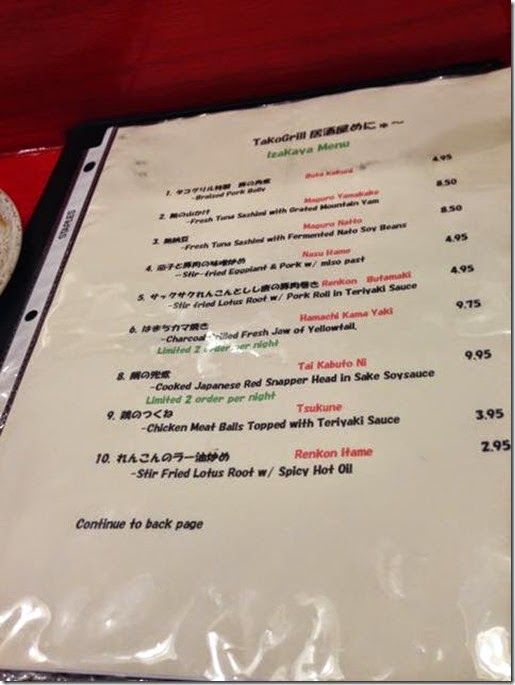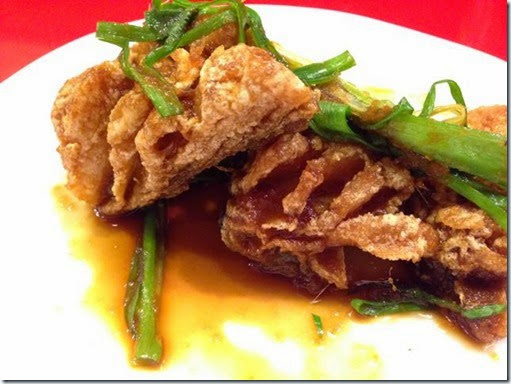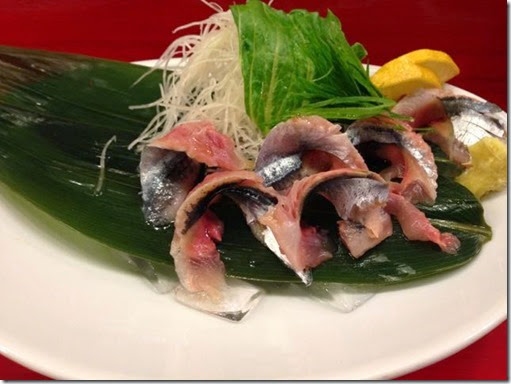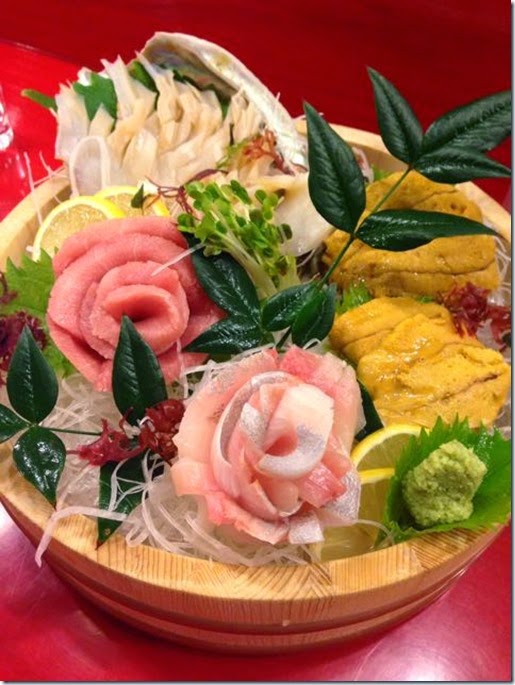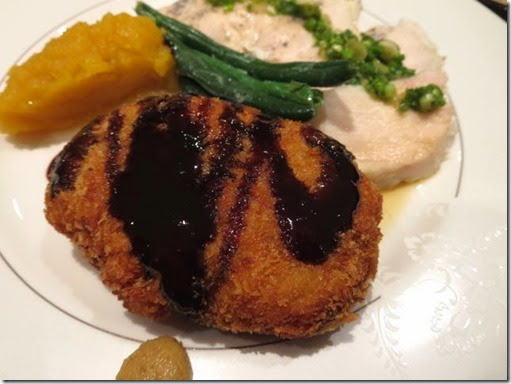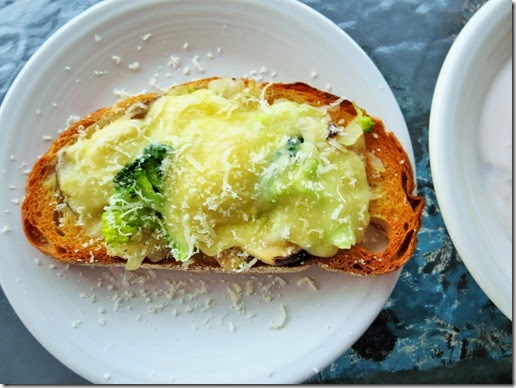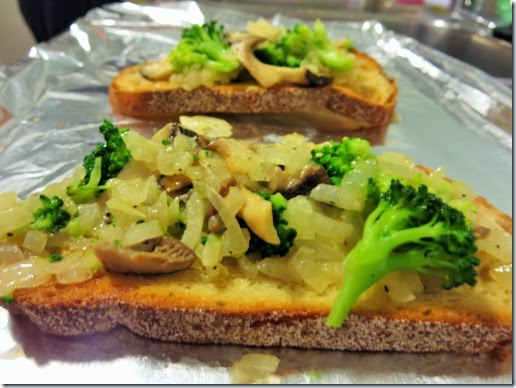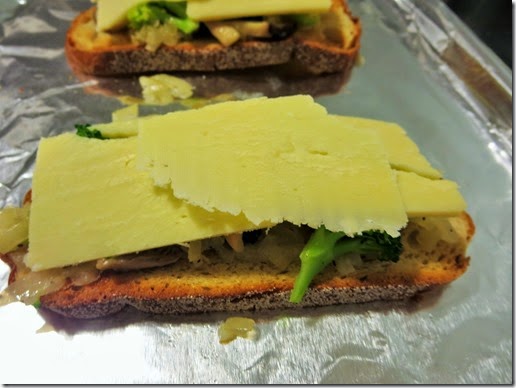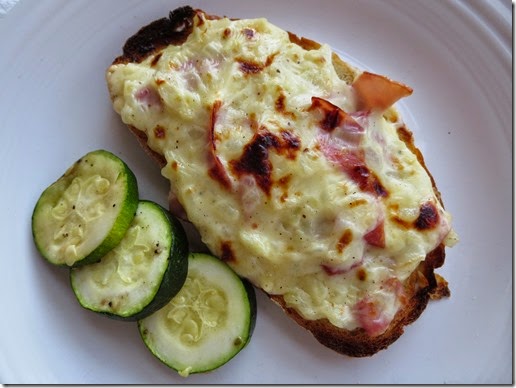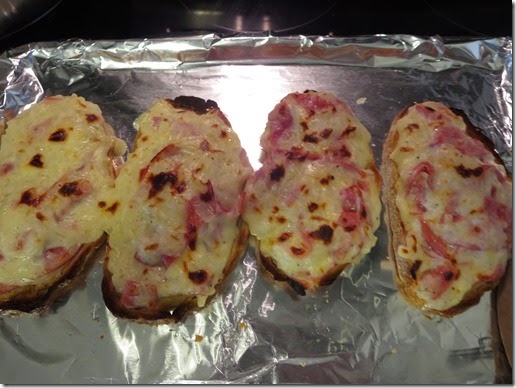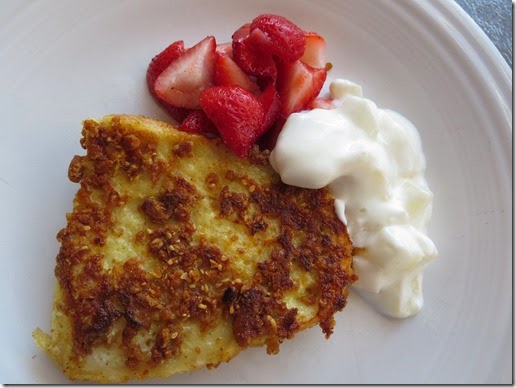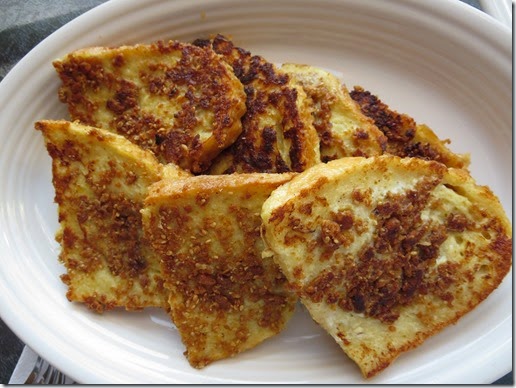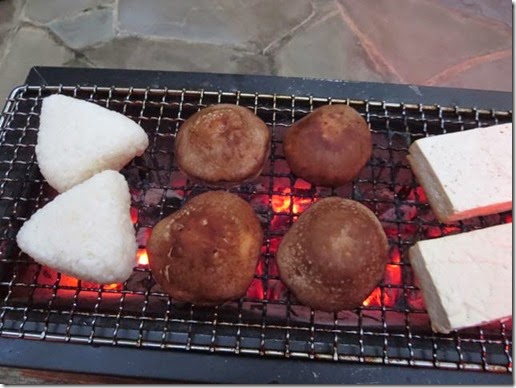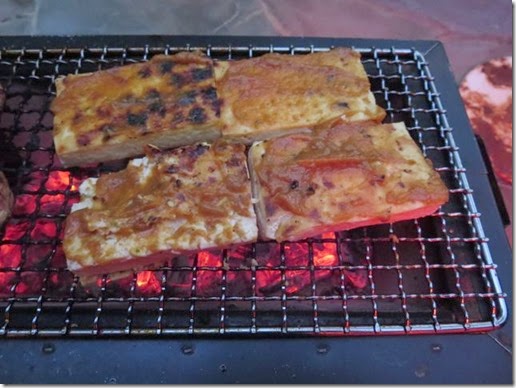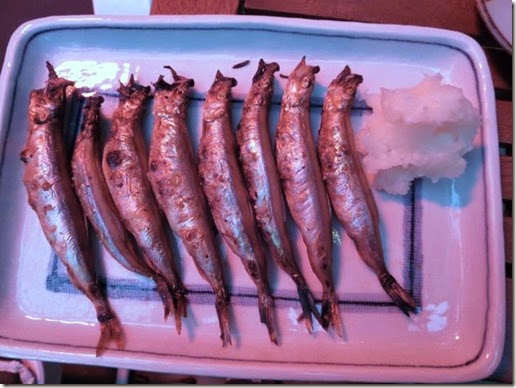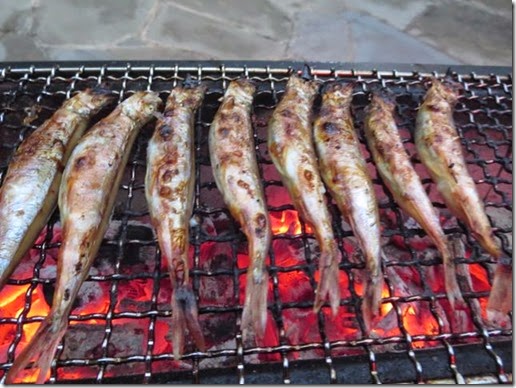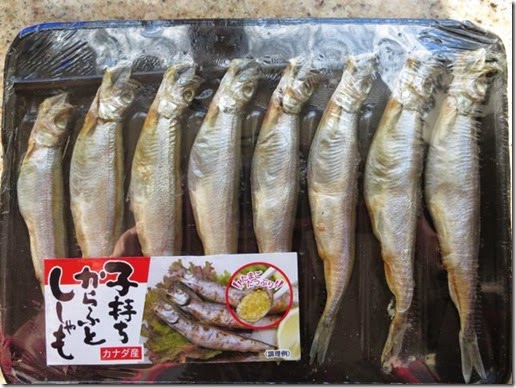Potato croquette in Japan also known as "Poteto Korokke" ポテトコロッケ was apparently modeled after a French dish "croquette" but it is one of the most popular Japanese-style Western dishes or "Yoshoku" 洋食 . It was invented probably shortly after Japan opened to Western cultures towards the end of the 19 century. Instead of the béchamel sauce used in the original French version, the Japanese version uses mashed potato. (The béchamel sauce version is called "cream korokke" クリームコロッケ in Japan and usually contains crab meat and may be called "Kani korokke" かにコロッケ). As a "seasoning", minced and sautéed onion and ground meat are usually added but only in small amounts. Potato korokke has been a symbol of a cheap side dish* which can be bought at a "Souzai-ya" 惣菜屋 or "side-dish store"(Any dish other than rice is regarded as a side dish; rice being the main show). More recently, traditional Souzai-ya have mostly disappeared and been replaced by the basement floor of department stores or "
Depachika デパチカ.
*Digression alert: "Song of Korokke"
コロッケの歌 was reportedly popular in the Taishou era 大正時代 (1912-1926). The first verse goes like this;
"I was so happy I got married
But my wife serves me
Korokke today, Korokke tomorrow, and Korokke everyday all year long
this was not what I expected (after getting married)...".
Thus, this song fixed the status of potato korokke as a cheap side dish heavily relied upon by neophyte/incompetent (culinary skill wise) housewives as a quick fix supper.
One weekend evening, I made potato korokke served with tonkatsu sauce とんかつソース and Japanese hot mustard (picture above).
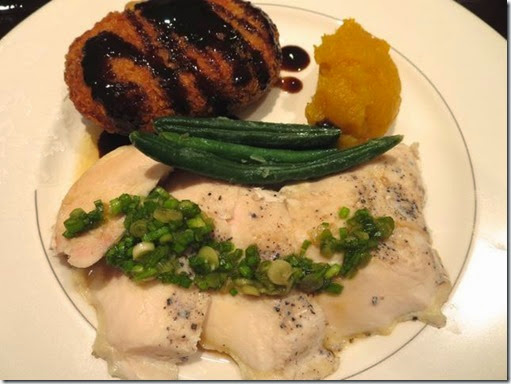 Potato korokke
Potato korokke:
Mashed potato*: white potato (4, medium), cooked and mashed, seasoned with butter and salt and cooled.
*Any kind of mashed potato will do but I like to leave some small chunks of potato for texture. This time, instead of making the mashed potato from scratch, I made this from the leftover mashed potatoes my wife made the day before when we barbecued a pork loin in our Weber grill. She microwaved the potato (4 medium) for 7-8 minutes or until cooked and mashed it mixing in a package of
cream cheese spread (this one was "garden vegetables" flavor) and seasoned with salt and pepper. The addition of cream cheese spread is my wife’s new idea which she developed while we were on vacation. Cream cheese spread with "chives and onion" is probably better for this.
Onion: one large, finely minced, sautéed in butter and seasoned with salt and pepper.
Meat*: Any ground meat will do. This is seasoning but not the main ingredient so the amount is arbitrary but not too much. The ground meat is cooked with the onion. Let it cool down.
*Again, I deviated and used several slices of the barbecued pork loin finely diced since this was available.
I mixed the mashed potato, onion, and pork. You could further season the mixture if you like. "Curry" flavor (by adding any of your favorite curry powder) is very popular, at least, when I lived in Japan. I used an ice cream scoop to portion it out on an aluminum foil-lined cookie sheet. I moistened my hands and formed the potato mixture into flat oval shapes (I made a total of 9 good sized ones). The temperature greatly affects the consistency of the mixture. Initially, the mixture was very stiff but by the time I formed the patties, it had become rather soft. I placed the cookie sheet into the refrigerator uncovered until I was ready to cook (for several hours) to firm up the patties before breading.
I dredged with flour, dipped in egg water and coated with "Panko" bread crumbs (see below).
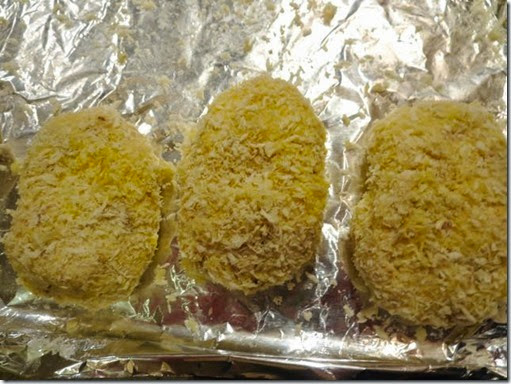
I deep fried the patties in peanut oil at 350F for 5 minutes on each side turning once.
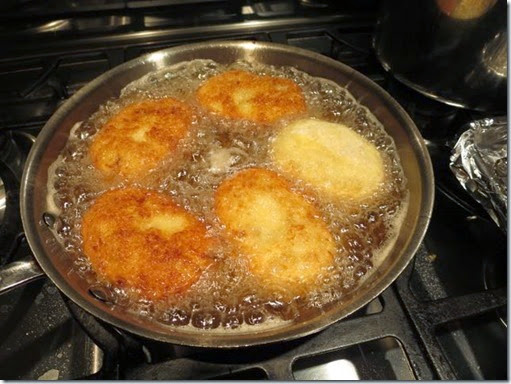
In this case, Korokke was the main dish and, on the side, I also served
sous vide chicken breast. I prepared (seasoned with salt and pepper and vacuum packed) this chicken breast sometime ago and froze it. One of my previous tries at sous vide cooking salmon that was still frozen did not yield a good result and I decided to thaw the chicken before sous vide cooking it. As before I cooked at 140F for 2 hours, which is enough to make the chicken safe to consume. This time I also made "Negi so-su" ネギソース or scallion sauce and put it over the chicken. My wife made a baked acorn squash seasoned with salt, honey and butter. I also added steamed and butter sautéed green beans.
Scallion sauce: I am sure there are many recipes for this but I took shortcuts. I thinly sliced scallions including the green parts (more the better). I added small amount of grated ginger and garlic (both from the tubes), and ponzu-soy sauce (from the bottle). I tasted it and added mirin for sweetness.
Acorn squash: I halved an acorn squash with a heavy chef's knife. My wife took over and cleaned the "guts”-seeds and membrane, placed it cut side down on an aluminum foil lined cookie sheet and baked it for 45 minutes at 350 degree. When done, she scooped out the meat using a spoon, seasoned with butter, honey, and salt.
This was quite good. The chicken meat was very moist and the rather assertive negi sauce went well. Of course, the main item, "potato korokke" had a nice crunchy crust with a flavorful soft center and was great. We do not mind having this today, tomorrow and everyday!
